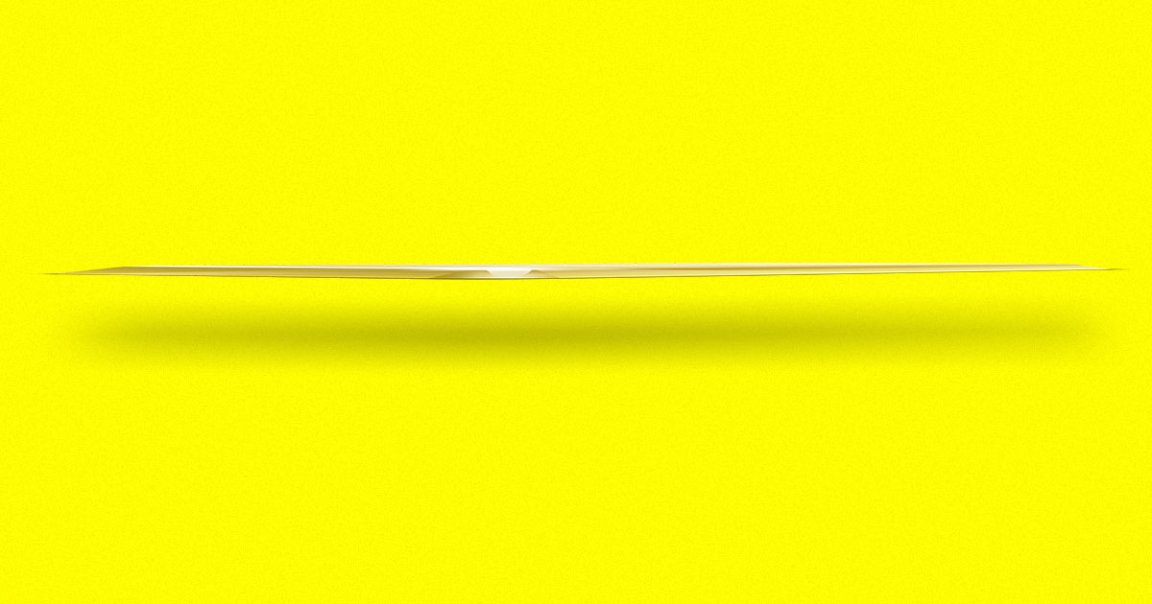
Gold Standard
A team of scientists at the University of Leeds has created a new form of gold that’s just two atoms thick — and they say it could improve everything from electronics to water purification systems.
“This work amounts to a landmark achievement,” researcher Sunjie Ye said in a press release. “Not only does it open up the possibility that gold can be used more efficiently in existing technologies, it is providing a route which would allow material scientists to develop other 2D metals.”
2D or Not 2D
In a paper published in the journal Advanced Science on Tuesday, the Leeds team explains how it created this 2D gold by first placing the gold-containing substance chloroauric acid in an aqueous solution.
By introducing certain chemicals to the solution, they were able to reduce the chloroauric acid to an ultra-thin sheet of gold, which appeared green in the water, prompting the researchers to nickname it “gold nanoseaweed.”
Thinner
In their lab tests, the Leed’s team found that its 2D gold was 10 times more efficient than the industry-standard gold nanoparticles at accelerating chemical reactions, which could translate to big savings for companies.
“Our data suggests that industry could get the same effect from using a smaller amount of gold,” researcher Stephen Evans said in the press release, “and this has economic advantages when you are talking about a precious metal.”
READ MORE: Scientists create the world’s thinnest gold [University of Leeds]
More on gold nanoparticles: Electric-Charged Nanoparticles Can Turn a Clear Window Into a Mirror